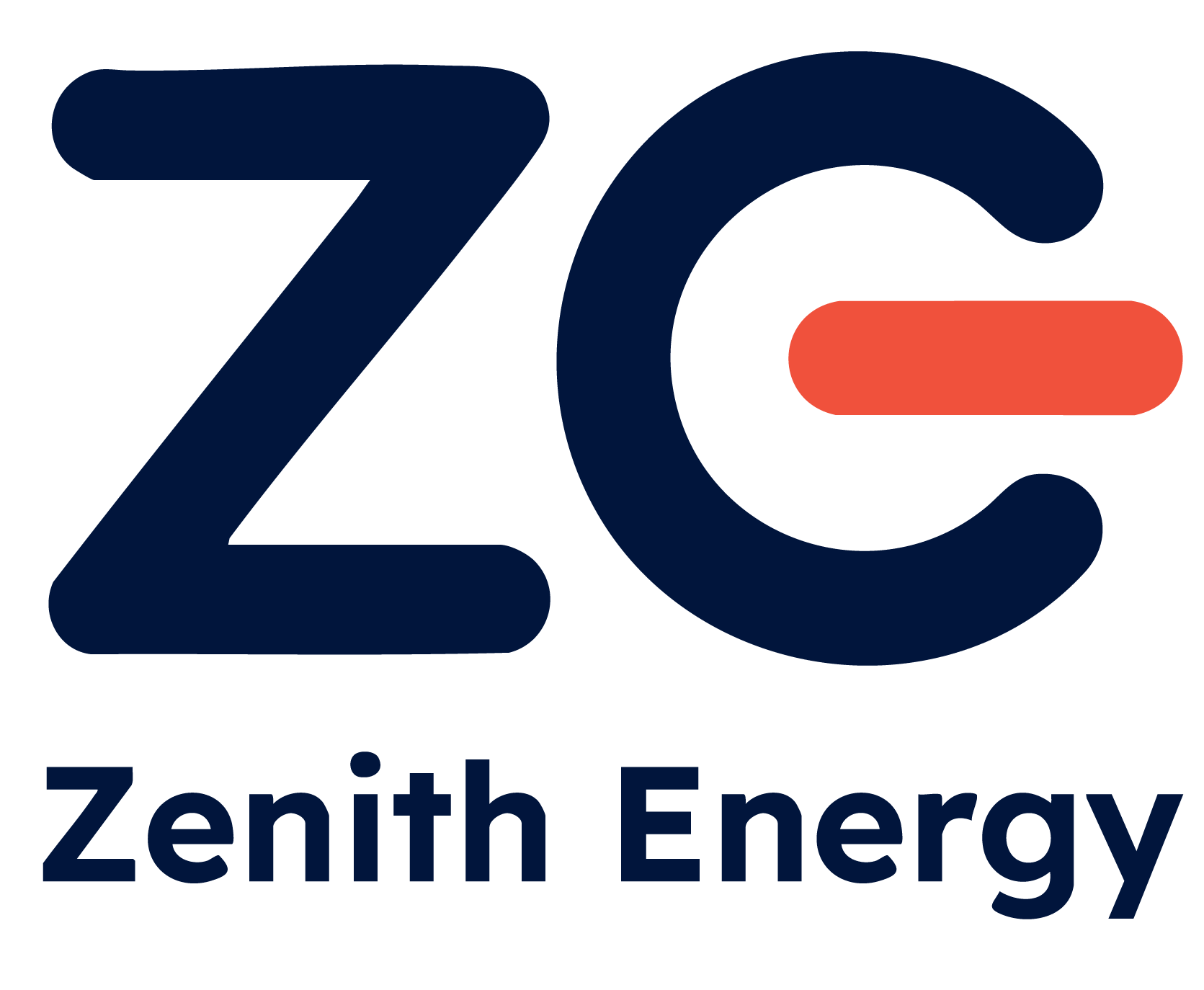climate action through
power of nature
Carbon Assets Development(CAD)
We at Zenith Energy offer comprehensive support in Carbon Asset Development (CAD) in the process of measuring, reporting and verifying the amount of carbon a project avoids or removes, against an appropriate baseline and according to a recognized methodology,resulting in the issuance of carbon credits that can be sold to organizations for their offsetting programs.
Services
Various services offered by Zenith Energy for Carbon Asset Development
From identifying suitable frameworks, such as Article 6 of the Paris Agreement, Gold Standards, Verra and Global Carbon Council to support with relevant documentation, validation with Designated Operational Entities and registration.
02.
03.
Top reasons to partner with ZE for CAD
One of the early entrants into Carbon Markets in India in 1991
In depth exposure to various carbon mechanisms (Gold standard, VCS, GCC, UCR, CDM, Article 6 under Paris Agreement)
Zenith Energy Develops its own Asset Development Projects and is a pioneer in it.
We work with businesses in their carbon credit journey right from their inception to their realisation
We aim to get best prices on carbon credits for customers.
Frequently Asked Questions
What is Carbon Asset Development ?
How Do Carbon Credits Work?
The Value of Carbon Offsetting
Navigating Carbon Markets
Ready to take a step toward net-zero?
Connect with us to explore how Zenith Energy can optimize your carbon assets for a greener future.






